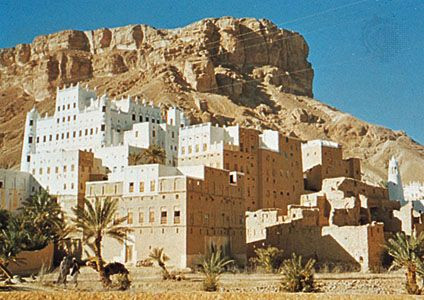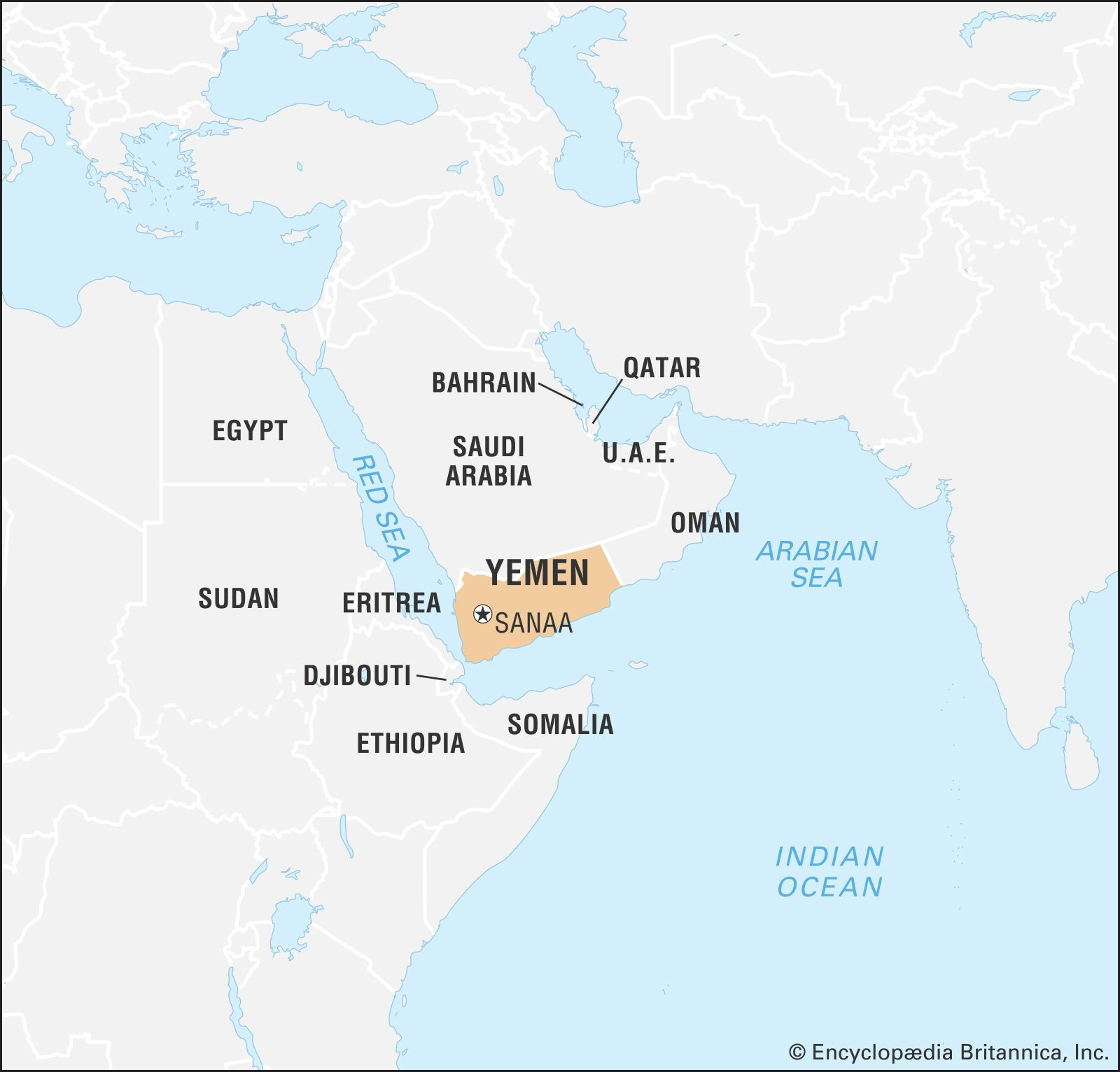Yemen, a nation steeped in history and culture, is located at the southwestern tip of the Arabian Peninsula. This places it geographically in Western Asia, more specifically within the Middle East. Its strategic position has profoundly shaped its past and continues to influence its present. Predominantly mountainous and arid, Yemen surprisingly hosts fertile regions where agriculture thrives, showcasing a diverse landscape within its peninsular setting. The people of Yemen communicate in various Arabic dialects and predominantly adhere to Islam, further rooting the nation in the cultural and religious landscape of the Arab world.
 The Sultan's Palace in Saywun, Yemen, showcasing traditional Yemeni architecture in a historical city located in the Arabian Peninsula.
The Sultan's Palace in Saywun, Yemen, showcasing traditional Yemeni architecture in a historical city located in the Arabian Peninsula.
Geographic Coordinates and Regional Context of Yemen
To pinpoint exactly where Yemen is situated, consider its bordering countries and surrounding bodies of water. Yemen shares borders with Saudi Arabia to the north and Oman to the east. To its west lies the Red Sea, a vital waterway, and to the south, the Gulf of Aden opens into the vast Indian Ocean. This location at the southern entrance to the Red Sea has been historically significant, positioning Yemen as a crucial crossroads for trade and communication routes, both in ancient times and the modern era. Yemen’s geography is not just about mainland Arabia; it also includes islands, such as Socotra, adding to its diverse geographical profile within the region.
 Geographic location of Yemen highlighted on a world map, pinpointing its situation in Southwest Asia on the Arabian Peninsula.
Geographic location of Yemen highlighted on a world map, pinpointing its situation in Southwest Asia on the Arabian Peninsula.
Historical Significance Stemming from Yemen’s Location
Yemen’s situation was paramount in ancient times. The area was famed for controlling the trade of precious commodities like frankincense and myrrh. It held a dominant position in trading spices and aromatics from Asia. This prosperity and fertility led the Romans to call it “Arabia Felix,” meaning “Fortunate Arabia,” distinguishing it from the more barren regions of the peninsula. Centuries later, Yemen’s geographic blessing continued when it became the first place to commercially cultivate coffee. Before coffee plants spread globally, Yemen was the exclusive source of this valuable bean, further cementing its importance in global trade networks due to its advantageous location.
Yemen in the Modern World: Unity and Challenges
The contemporary Republic of Yemen was formed in 1990 through the unification of North and South Yemen. Sanaa, the former capital of North Yemen, became the political capital, while Aden, previously the capital of South Yemen, became the economic hub. This unification bridged two regions with distinct histories; North Yemen evaded European colonial rule, while South Yemen was under British control from 1839 to 1967. The current borders of Yemen are largely shaped by historical foreign policies of Britain, the Ottoman Empire, and Saudi Arabia. Despite unification, Yemen faces ongoing challenges, including economic difficulties and internal divisions, yet its strategic location remains a critical factor in regional and international dynamics.
In conclusion, Yemen is situated in a geographically and historically significant area at the southwestern corner of the Arabian Peninsula. Its location, bordering key countries and overlooking vital sea routes like the Red Sea and Gulf of Aden, has shaped its rich history, culture, and continues to influence its role in the modern world. From ancient trade routes to modern geopolitical landscapes, Yemen’s situation remains central to understanding its past, present, and future.
